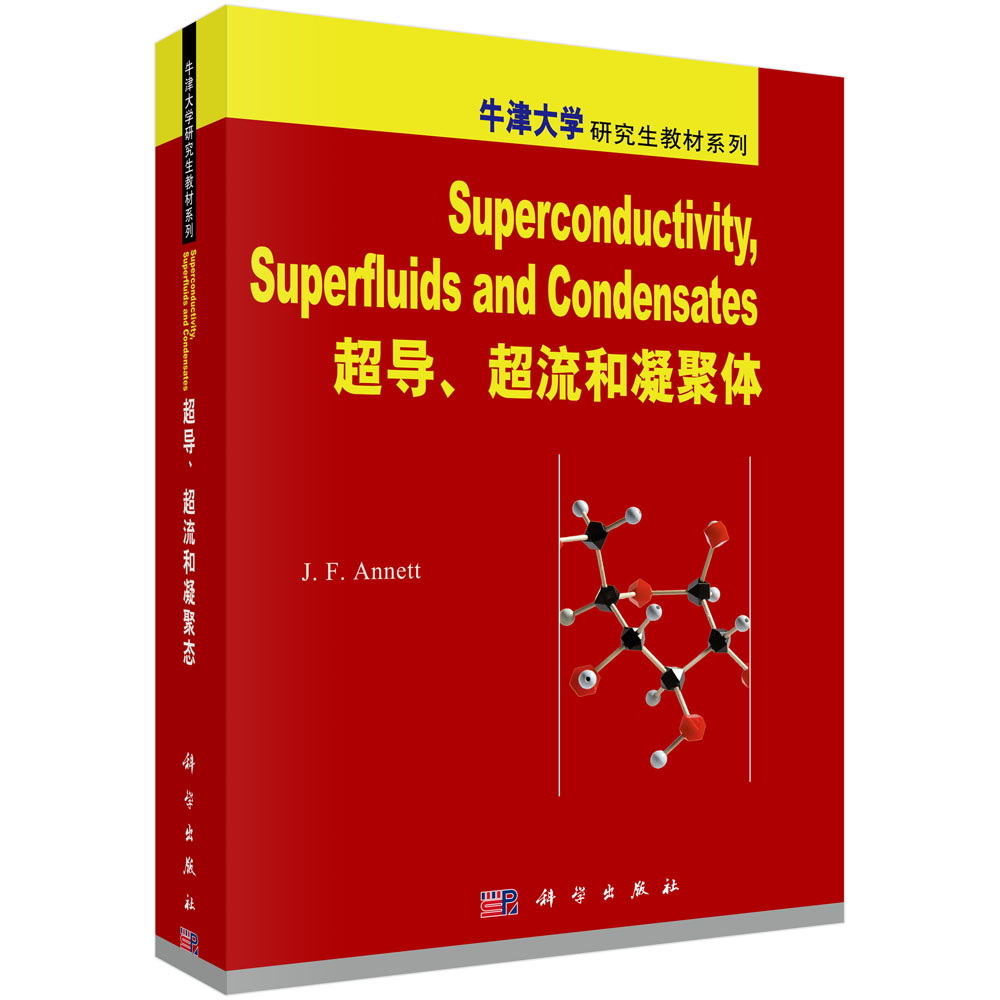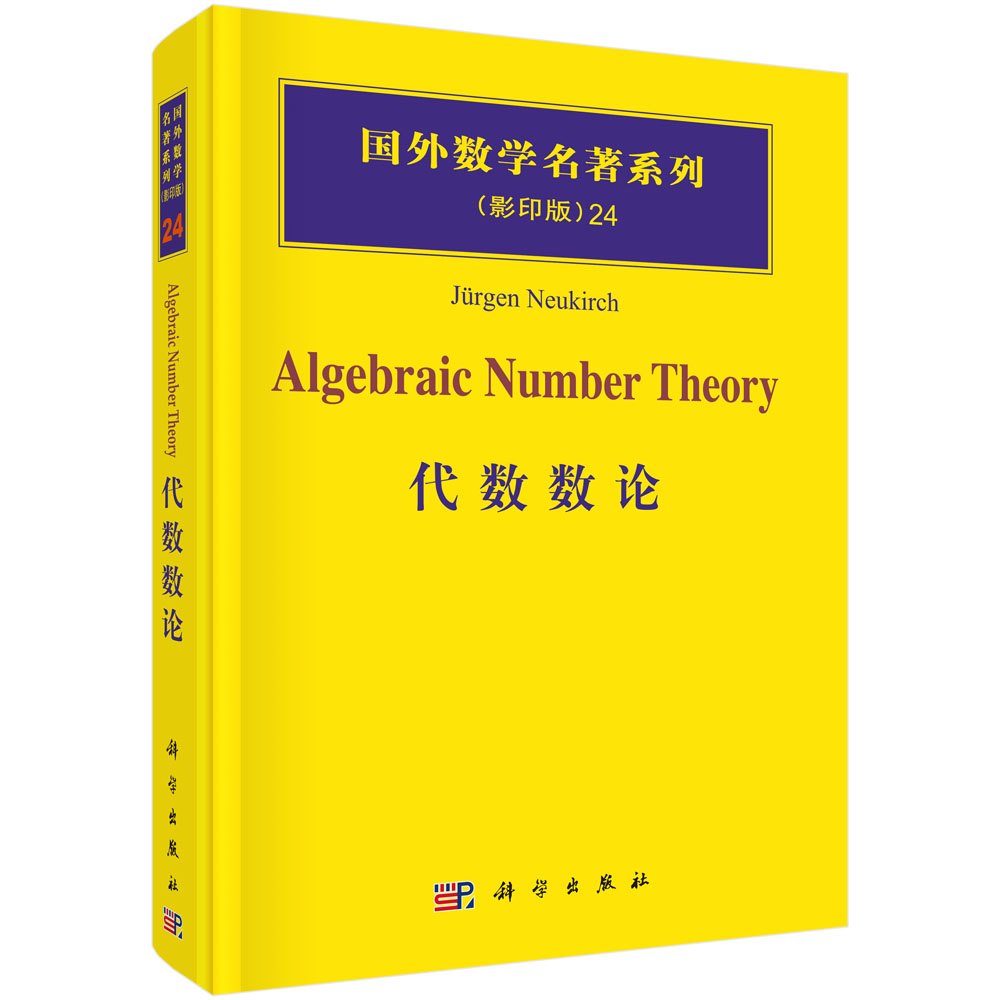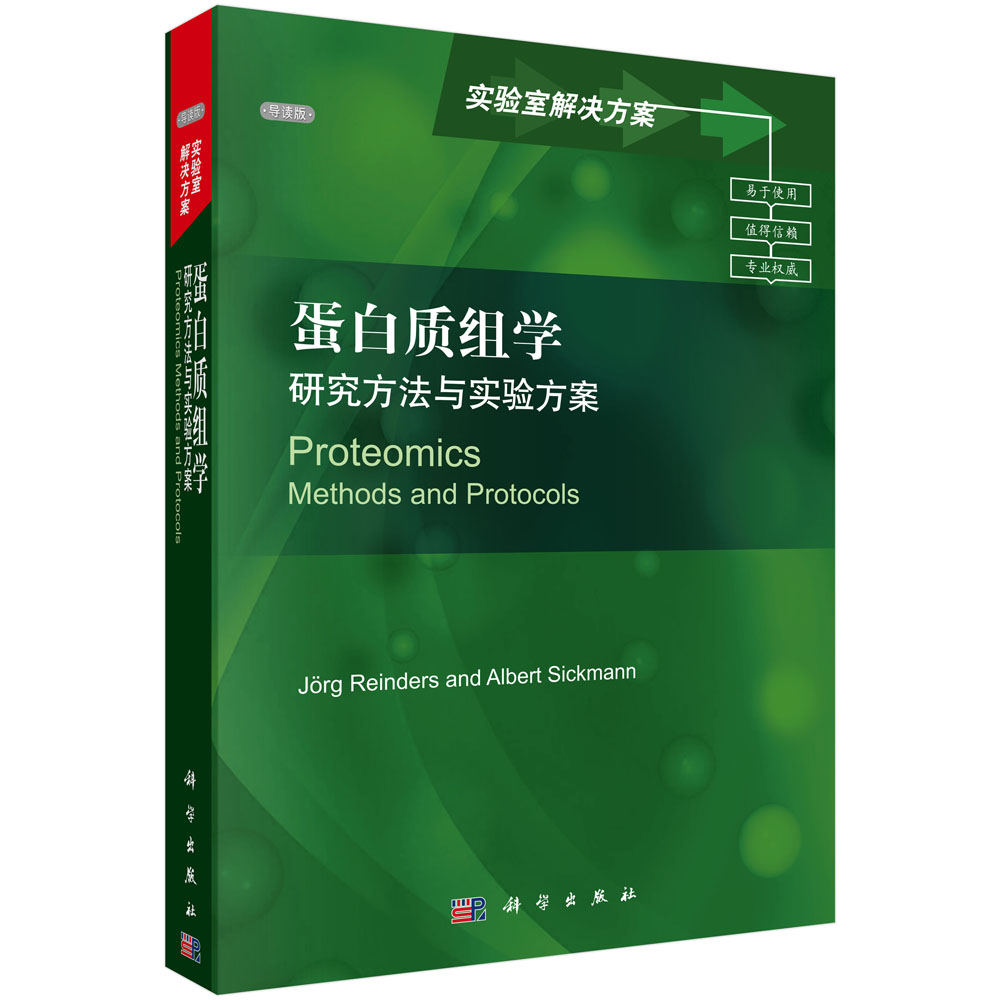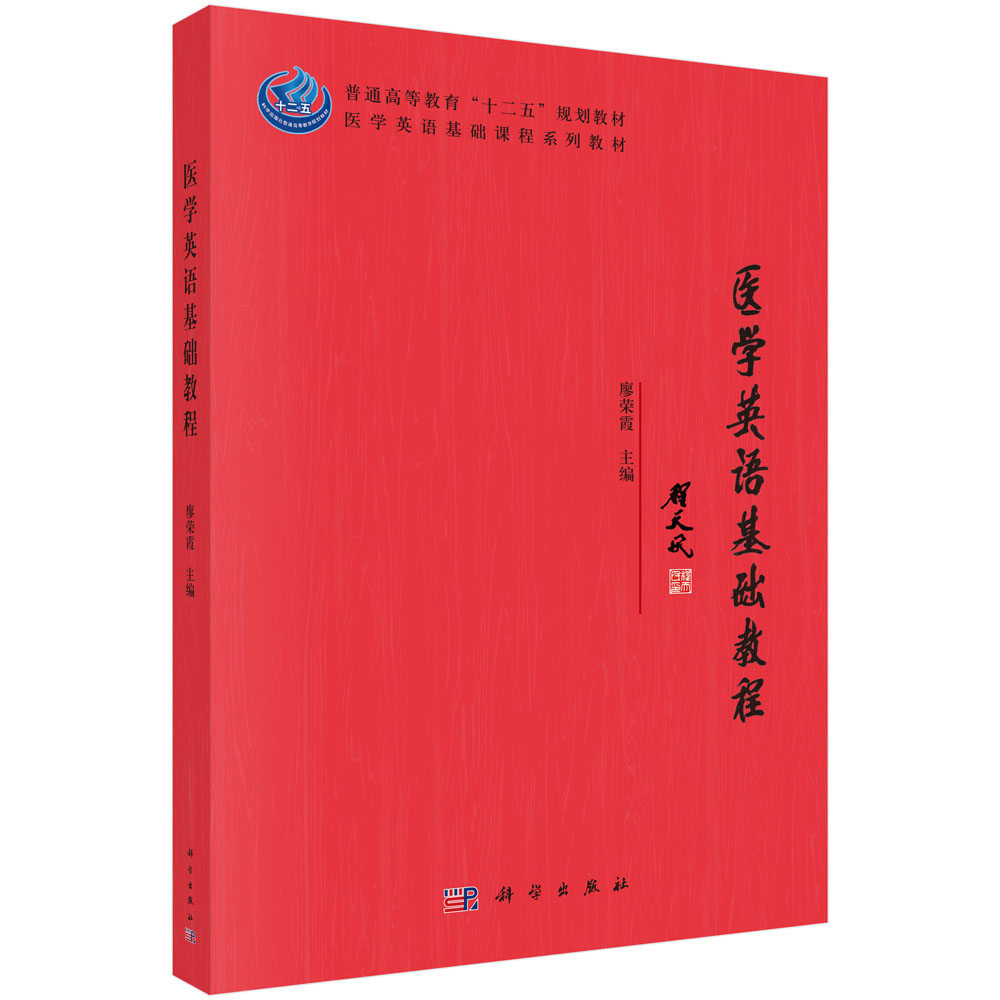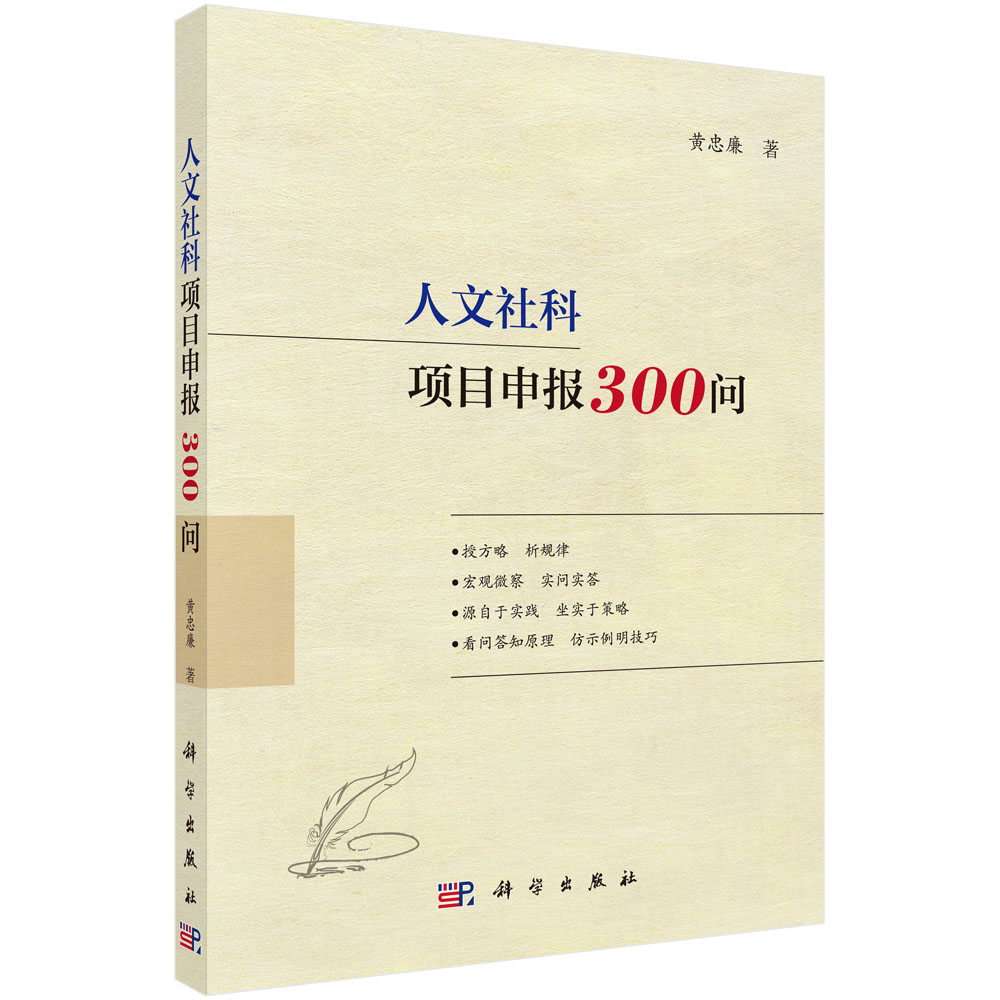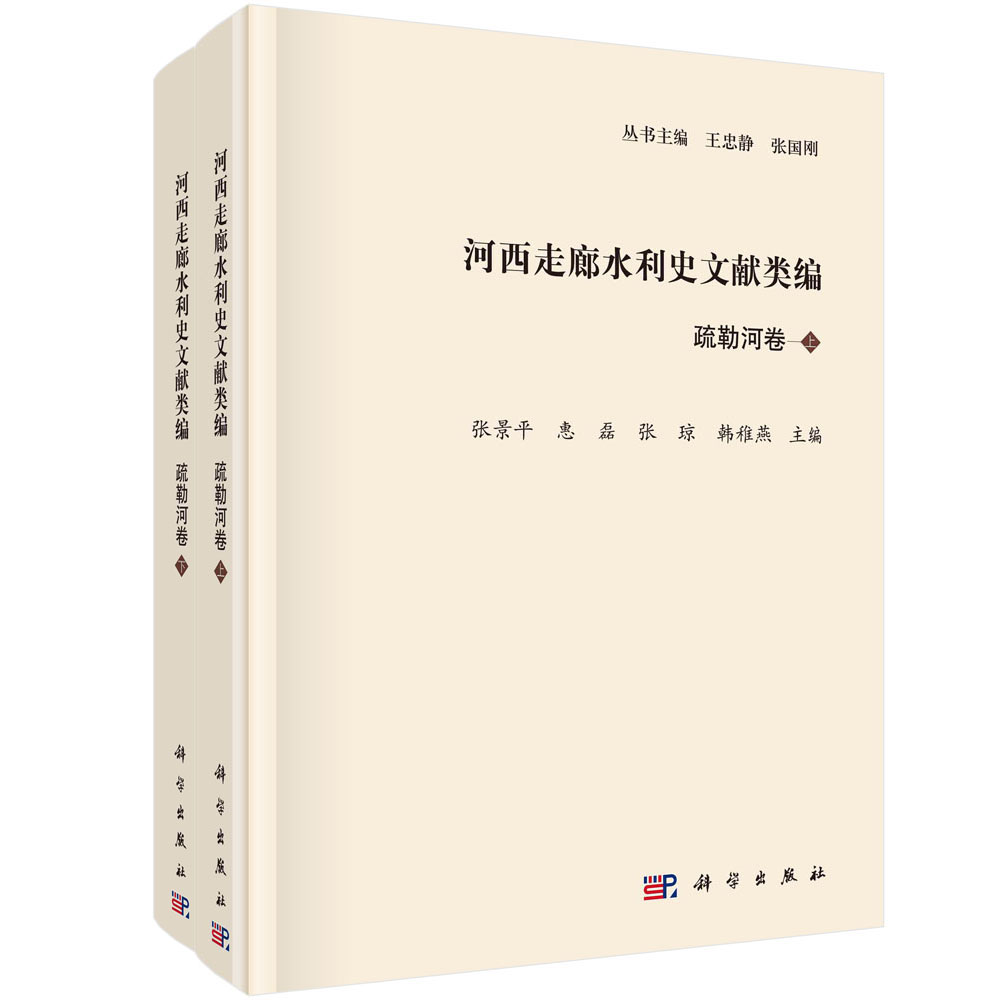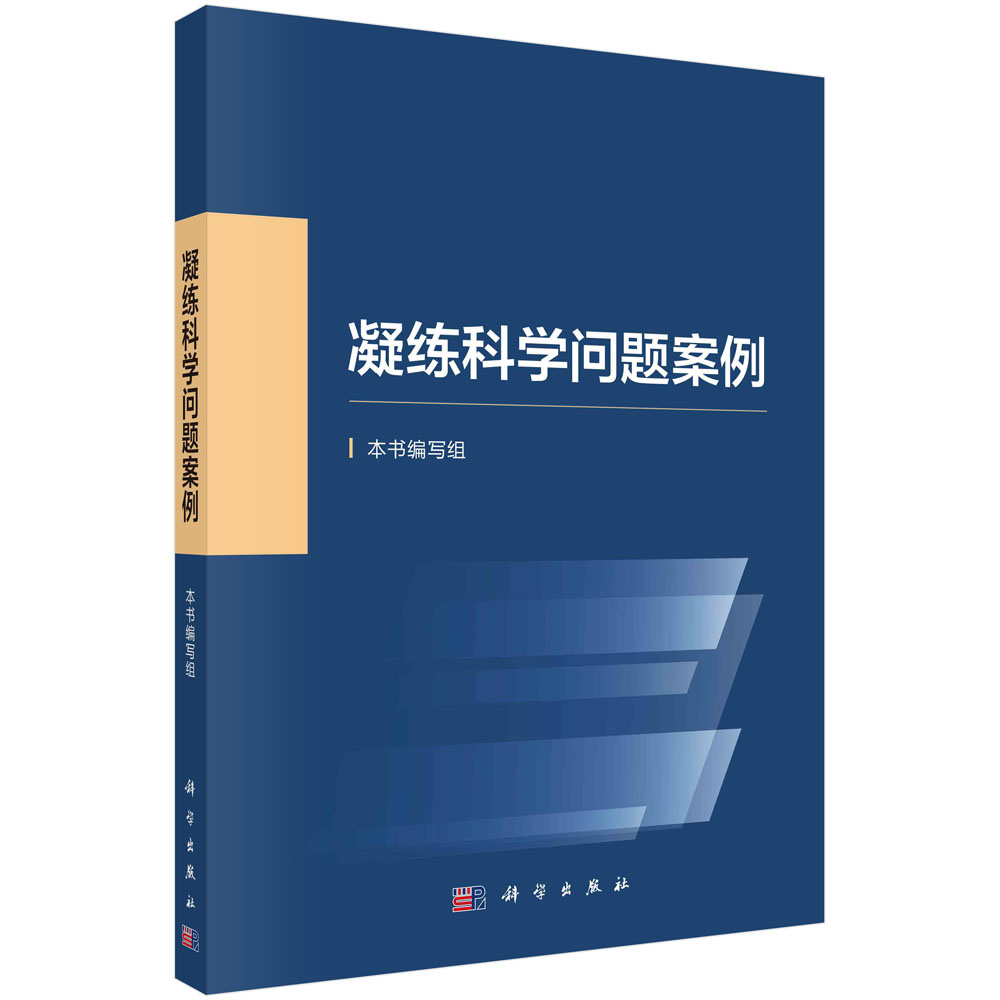目录
- Contents1
Introduction of Robot Platforms and Relevant Tools 1
1.1 Robot Platforms1
1.1.1 Baxter? Robot 1
1.1.2 i Cub Robot 2
1.2 Visual Sensors and Haptic Devices 3
1.2.1 Microsoft Kinect Sensor 3
1.2.2 Point Grey Bumblebee2 Stereo Camera 4
1.2.3 Leap Motion Sensor 5
1.2.4 Sens Able Omni 5
1.2.5 Novint Falcon Joystick 6
1.3 Software Toolkits7
1.3.1 MATLAB Robotics Toolbox 7
1.3.2 Of?cial SDK of Leap Motion 14
1.4 V-REP Based Robot Modeling and Simulations15
1.4.1 V-REP Simulator 16
1.4.2 Examples of V-REP Simulation 17
1.5 ROS Based Robot System Design 20
1.5.1 Main Characteristics of ROS 21
1.5.2 ROS Level Concepts 22
References 25
2 Robot Kinematics and Dynamics Modeling 27
2.1 Kinematics Modeling of the Baxter? Robot 27
2.1.1 Introduction of Kinematics 27
2.1.2 Kinematics Modeling Procedure29
2.1.3 Experimental Tests on Kinematics Modeling 35
2.2 Lagrange–Euler Dynamics Modeling of the Baxter Robot 38
2.2.1 Introduction of Dynamics 38
2.2.2 Dynamics Modeling Procedure 39
2.2.3 Experimental Studies 43References 47
3 Intelligent Control of Robot Manipulator 49
3.1 Dual-Adaptive Control of Bimanual Robot 49
3.1.1 Preliminaries 50
3.1.2 Adaptive Control 55
3.1.3 Simulation Studies 58
3.2 Biomimetic Hybrid Adaptive Control of Bimanual Robot 60
3.2.1 Preliminaries and Problem Formulation 61
3.2.2 Adaptive Bimanual Control with Impedanceand Force 63
3.2.3 Adaptive Control with Internal Interaction 66
3.2.4 Adaptive Control with Both Internal and ExternalInteraction 68
3.3 Optimized Motion Control of Robot Arms with Finite TimeTracking 72
3.3.1 Robot Dynamics and Optimal Reference Model 74
3.3.2 Adaptive Model Reference Control Design 78
3.4 Discrete-Time Adaptive Control of Manipulatorwith Uncertain Payload83
3.4.1 Problem Formulation 83
3.4.2 Discrete-Time Adaptive Control 84
3.4.3 Simulation Studies 88References 95
4 Object Detection and Tracking 97
4.1 Introduction of Machine Vision Recognition 97
4.1.1 Tools for Machine Vision 99
4.1.2 Blob/Edge Detection100
4.1.3 Feature Point Detection, Description, and Matching 101
4.2 Java Script Object Notation (JSON)-Based Vision RecognitionFramework 105
4.2.1 JSON in Image Labels 107
4.2.2 JSON in Application Tuning 110
4.2.3 Vision Recognition Framework 112
4.3 Deep Learning-Based Object Recognition 115
4.3.1 Logistic Regression-Based Classi?cation 115
4.3.2 Convolutional Neural Network (CNN)-BasedClassi?cation 117
4.3.3 Detection 121
4.4 Tracking a Single Moving Object 124
4.4.1 Data Collection 124
4.4.2 Recognition Algorithm 125
4.4.3 Analysis of Results 128
4.5 Tracking Multiple Moving Objects 130
4.5.1 PSO Algorithms130
4.5.2 Objective Function of the Irregular Shape Target 134
4.5.3 Locating Multiple Targets by AdaptivePSO Method 135
4.5.4 Tracking Multiple Targets by Swarm Optimization139
4.5.5 Experiments Studies 144
References 154
5 Visual Servoing Control of Robot Manipulator 157
5.1 Introduction of Visual Servoing 157
5.2 Kinect Sensor Based Visual Servoing for Human–RobotCooperation160
5.2.1 System Architecture 160
5.2.2 Experimental Equipments 161
5.2.3 Implementation with V-REP 162
5.2.4 Experiment Studies 171
5.3 Visual Servoing Control Using Stereo Camera 173
5.3.1 System Integration 174
5.3.2 Preprocessing 175
5.3.3 Algorithm Implementation177
5.3.4 Results 183References 183
6 Robot Teleoperation Technologies187
6.1 Teleoperation Using Body Motion Tracking 187
6.1.1 Introduction of Robot Teleoperation 187
6.1.2 Construction of Teleoperation System 188
6.1.3 Design Principles 190
6.1.4 Experiment Study194
6.2 Fuzzy Inference Based Adaptive Control for Teleoperation 195
6.2.1 System Modeling and Problem Formulation 195
6.2.2 Fuzzy Inference Based Control 201
6.2.3 Simulation Studies 204
6.3 Haptic Interaction Between Human and Robot206
6.3.1 Tools Selection and System Description 207
6.3.2 Implementation with CHAI3D 211
6.3.3 Implementation with MATLAB 214
6.4 Teleoperation Using Haptic Feedback 218
6.4.1 System Description 218
6.4.2 Workspace Mapping218
6.4.3 Command Strategies 223
6.4.4 Experiment Studies 225
References 227
7 Obstacle Avoidance for Robot Manipulator231
7.1 Introduction of Kinematic Redundancy 231
7.2 Shared Controlled Teleoperation with Obstacle Avoidance 233
7.2.1 System Components 234
7.2.2 Preprocessing 235
7.2.3 Obstacle Avoidance Strategy 236
7.2.4 Experiment Studies 242
7.3 Robot Self-Identi?cation for Obstacle Avoidance 245
7.3.1 Kinect? Sensor and 3D Point Cloud 247
7.3.2 Self-Identi?cation 250
7.3.3 Collision Predication 251
7.3.4 Experiments Studies 255References 255
8 Human–Robot Interaction Interface 257
8.1 Introduction of Human–Robot Interfaces 257
8.2 Hand Gesture-Based Robot Control Using Leap Motion 259
8.2.1 Hardware and Software260
8.2.2 Control System 261
8.2.3 Experiment and Result 267
8.3 Hand Gesture-Based Control with Parallel System 269
8.3.1 Platform and Software 269
8.3.2 Hand Gesture Recognition System Based on Visionfor Controlling the i Cub Simulator 269
8.3.3 Teleoperation Platform and Parallel System 274
8.4 BCI Controlled Mobile Robot Using Emotiv Neuroheadset 279
8.4.1 EEG and Brain–Computer Interface (BCI) System 280
8.4.2 Experimental System 283
8.4.3 Training and Control Strategy 286
8.4.4 Results and Discussions 289
8.5 EEG Signal-Based Control of Robot Manipulator290
8.5.1 Hardware and Software291
8.5.2 Experimental Methodology 291
8.5.3 Discussion297References 298
9 Indoor/Outdoor Robot Localization 303
9.1 Localization with Wireless Sensor Networks 303
9.1.1 Problem Formulation 303
9.1.2 Algorithm Design305
9.1.3 Theoretical Analysis 311
9.1.4 Simulation Studies 313
9.2 RFID-based Indoor Localization Using IntervalKalman Filter 317
9.2.1 Interval Kalman Filter for RFID Indoor Positioning 317
9.2.2 Mathematical Model and Positioning Algorithm 319
9.2.3 Simulation Studies 321
9.3 Particle Filter-Based Simultaneous Localization and Mapping(PF-SLAM) 324
9.3.1 Model of Particle Filter (PF) SLAM UsingLandmarks 325
9.3.2 Particle Filter Matching Algorithm 327
9.3.3 Landmark Set Selection Method328
9.3.4 Advanced Position Calculation Method 329
9.3.5 Experiment Study330
9.4 Integrated INS/VMS Navigation System 333
9.4.1 Introduction of INS/VMS Navigation System 333
9.4.2 Analysis of VMS Errors 335
9.4.3 Loosely Coupled INS/VMS 336
9.4.4 Tightly Coupled INS/VMS 339
9.4.5 Experiment Study342References 346
10 Multiagent Robot Systems 349
10.1 Introduction to Multiagent System 349
10.2 Optimal Multirobot Formation 351
10.2.1 Concepts and Framework of Multirobot Formation 352
10.2.2 Minimum-Time Three-Robot Line Formation 356
10.2.3 Simulation Results 361
10.3 Multirobot Cooperative Pursuit 363
10.3.1 Preliminary Concepts 364
10.3.2 Hunting Strategy 367
10.3.3 Simulation Study 370
10.4 Multirobot Cooperative Lifting 372
10.4.1 Problem Formation373
10.4.2 PD Feedforward Compensation Control 374
10.4.3 Adaptive Control 380References 391
11 Technologies for Other Robot Applications 393
11.1 Investigation of Robot Kicking 393
11.1.1 Kinematics 393
11.1.2 Ballistics 396
11.1.3 Structure of the Robot 399
11.1.4 MATLAB Simulation 400
11.1.5 Implementation and Tests 400
11.2 Reference Trajectory Adaptation 405
11.2.1 Interaction Dynamics 406
11.2.2 Adaptation Model 407
11.2.3 Convergence Analysis 408
11.2.4 Simulation Studies 413
References 418
